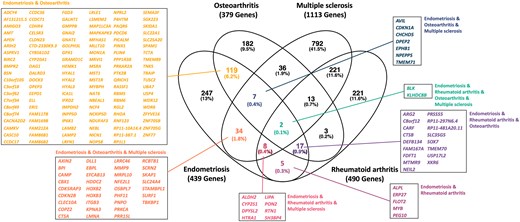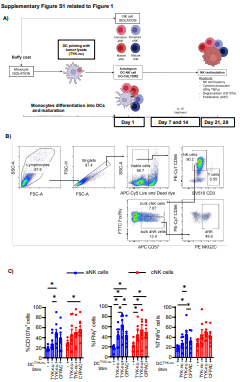2025-04-28 カロリンスカ研究所(KI)

<関連情報>
- https://news.ki.se/urine-test-could-reveal-prostate-cancer
- https://aacrjournals.org/cancerres/article/doi/10.1158/0008-5472.CAN-25-0269/762073/Combining-Spatial-Transcriptomics-Pseudotime-and
空間トランスクリプトミクス、擬似時間、機械学習の組み合わせにより前立腺癌のバイオマーカー発見が可能になる Combining Spatial Transcriptomics, Pseudotime, and Machine Learning Enables Discovery of Biomarkers for Prostate Cancer Cancer Research Published:April 28 2025 DOI:https://doi.org/10.1158/0008-5472.CAN-25-0269
Abstract
Early cancer diagnosis is crucial but challenging owing to the lack of reliable biomarkers that can be measured using routine clinical methods. The identification of biomarkers for early detection is complicated by each tumor involving changes in the interactions between thousands of genes. In addition to this staggering complexity, these interactions can vary among patients with the same diagnosis as well as within the same tumor. We hypothesized that reliable biomarkers that can be measured with routine methods could be identified by exploiting three facts: (1) the same tumor can have multiple grades of malignant transformation; (2) these grades and their molecular changes can be characterized using spatial transcriptomics; and (3) these changes can be integrated into models of malignant transformation using pseudotime. Pseudotime models were constructed based on spatial transcriptomic data from three independent prostate cancer studies to prioritize the genes that were most correlated with malignant transformation. The identified genes were associated with cancer grade, copy number aberrations, hallmark pathways, and drug targets, and they encoded candidate biomarkers for prostate cancer in mRNA, immunohistochemistry, and proteomics data from the sera, prostate tissue, and urine of more than 2,000 patients with prostate cancer and controls. Machine learning-based prediction models revealed that the biomarkers in urine had an AUC of 0.92 for prostate cancer and were associated with cancer grade. Overall, this study demonstrates the diagnostic potential of combining spatial transcriptomics, pseudotime, and machine learning for prostate cancer, which should be further tested in prospective studies.


